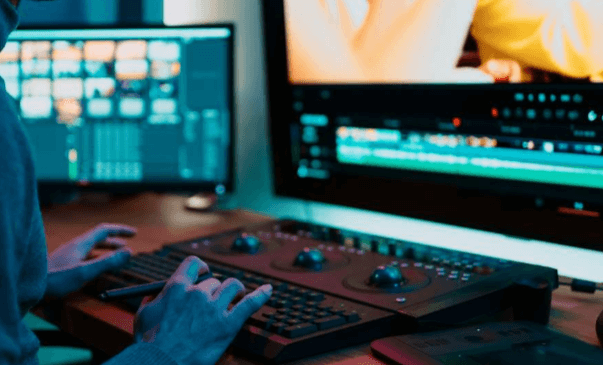Video Editing Techniques for Documentaries

The art of video editing plays a pivotal role in shaping the narrative of documentaries, transforming raw footage into a cohesive story that captivates audiences. Techniques such as rhythm and flow are critical in maintaining viewer engagement, while the thoughtful integration of B-roll can enrich the narrative with additional context. Moreover, sound design serves as an essential layer that enhances emotional resonance. As we explore these techniques further, it becomes evident that the nuances of editing can significantly impact how a documentary is perceived and experienced. What specific strategies can elevate this craft to new heights?
Importance of Editing in Documentaries
Editing is a critical component in the storytelling process of documentaries, serving as the backbone that shapes the narrative structure and emotional impact.
Through deliberate editorial choices, filmmakers can highlight pivotal moments, create connections, and guide viewers’ understanding.
The editing process ensures that the narrative flows logically, enhancing the viewer’s engagement and allowing the documentary to resonate with a sense of authenticity and truth.
Cutting for Rhythm and Flow
A seamless rhythm and flow in documentary editing can significantly enhance the viewer’s experience, drawing them deeper into the narrative.
Employing effective timing techniques and pacing strategies allows editors to create emotional peaks and valleys, maintaining engagement.
Utilizing B-Roll Effectively
B-roll serves as a vital component in documentary filmmaking, enriching the visual narrative and providing context to the primary storyline.
Effective B-roll selection enhances the viewer’s understanding, while careful B-roll pacing maintains engagement and emotional resonance.
Seamlessly integrating B-roll footage can elevate the storytelling, ensuring that visuals complement the narrative flow, ultimately creating a more immersive and impactful documentary experience.
Enhancing Storytelling With Sound Design
While visuals play a crucial role in documentaries, sound design emerges as an equally powerful tool for enhancing storytelling.
Through audio layering, filmmakers can construct rich soundscapes that immerse viewers in the narrative. By blending dialogue, ambient sounds, and musical elements, sound design not only complements visuals but also evokes emotions, guiding the audience’s experience and deepening their connection to the story being told.
Conclusion
In the realm of documentary filmmaking, the art of editing emerges as an unparalleled force, wielding the power to transform mere footage into a mesmerizing tapestry of emotion and insight. By masterfully orchestrating rhythm, seamlessly integrating B-roll, and crafting an intricate sound design, editors elevate storytelling to celestial heights. The viewer’s journey transcends mere observation, becoming an immersive experience that resonates long after the credits roll, compelling audiences to reflect on the profound narratives woven through expertly edited sequences.





